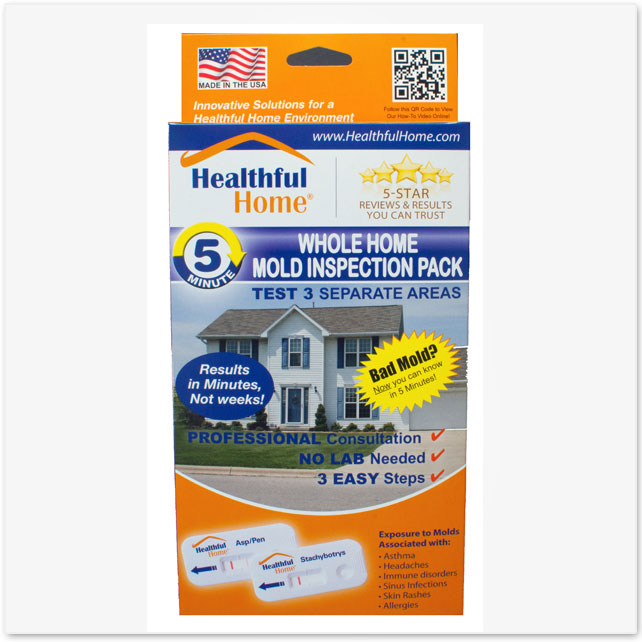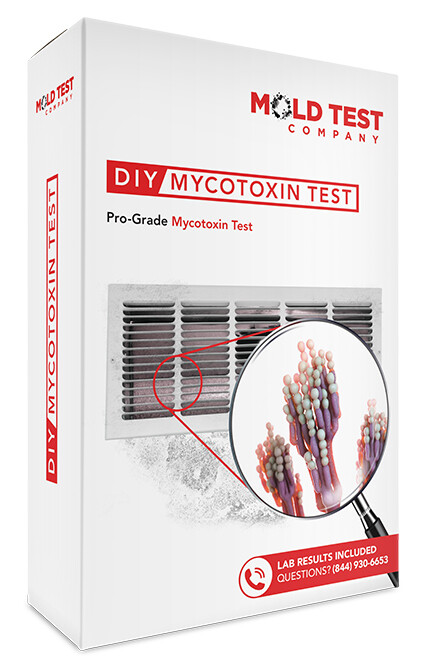Choosing the Right Mycotoxin testing Services for Your Business
Choosing the Right Mycotoxin testing Services for Your Business
Blog Article
The Necessity of Mycotoxin Evaluating in Agricultural Products to Ensure Consumer Security
The need of mycotoxin testing in farming products is a vital element of public wellness and security that necessitates detailed assessment. Mycotoxins, harmful substances produced by particular fungis, can penetrate various plants, leading to significant health and wellness dangers for consumers, such as carcinogenic effects and organ damages.
Recognizing Mycotoxins
Mycotoxins, poisonous secondary metabolites generated by specific fungis, provide a substantial threat to agricultural products and human health. These substances are produced by different species of molds, such as Aspergillus, Fusarium, and Penicillium, which can infect plants both pre- and post-harvest - Mycotoxin testing Services. The most usual mycotoxins include aflatoxins, ochratoxin A, fumonisins, zearalenone, and deoxynivalenol (DON)
Mycotoxin contamination can occur under certain ecological conditions, such as high humidity and temperature, which favor the development of mold. Agricultural products like grains, nuts, seasonings, dried fruits, and coffee are particularly susceptible. The visibility of mycotoxins in these commodities can lead to substantial financial losses because of decreased plant yields and the need for strenuous testing and decontamination processes.
Comprehending the biochemical nature and development of mycotoxins is important for developing reliable mitigation strategies. Study has revealed that mycotoxins show a variety of chemical frameworks and buildings, making discovery and elimination challenging. Advanced logical methods, consisting of chromatography and mass spectrometry, are made use of to determine and quantify mycotoxins in farming products, guaranteeing that contamination levels continue to be within secure limitations developed by regulatory bodies.
Wellness Dangers of Mycotoxins
Provided the significant threats connected with mycotoxins in agricultural items, understanding their impact on health and wellness is extremely important. Mycotoxins, hazardous additional metabolites produced by fungis, posture serious dangers to both human and animal wellness.
Severe mycotoxin poisoning, although much less typical, can create immediate and extreme health issue such as liver damages, gastrointestinal disturbances, and hemorrhaging. Ochratoxin A, another potent mycotoxin, is linked to kidney damages and has possible carcinogenic results. On the other hand, fumonisins, mainly impacting maize, are related to esophageal cancer and neural tube problems.

Common Sources of Contamination
Understanding the common sources of contamination is important for effectively taking care of and alleviating the threats positioned by mycotoxins. Mycotoxins are toxic second metabolites produced by specific kinds of fungis, which can infect farming products at numerous stages of production, handling, and storage space. The key resources of contamination consist of area conditions, post-harvest handling, and storage space atmospheres.
Field problems play a considerable function, with elements like climate, crop sensitivity, and soil wellness influencing fungal growth. Crops such as corn, peanuts, wheat, and tree nuts are particularly prone to mycotoxin-producing fungis like Aspergillus, Fusarium, and Penicillium varieties. Insufficient plant rotation and poor bug management can intensify the threat of contamination.
Post-harvest handling is one more important stage where contamination can take place. Mechanical damages during harvesting and transport develops entrance factors for fungis, while improper drying methods can leave dampness degrees high enough to support fungal development.
Storage space atmospheres add significantly to contamination dangers. Badly kept storage facilities with high moisture and temperature level Bonuses levels develop perfect problems for mycotoxin production. Regular assessments and appropriate storage problems are important in curbing this hazard.
Mycotoxin Examining Techniques
Effective management of mycotoxin contamination pivots not just on acknowledging possible resources but additionally on carrying out robust screening approaches to find these damaging compounds. Mycotoxin testing techniques can be broadly classified into immunochemical and chromatographic techniques.
On the other hand, enzyme-linked immunosorbent assay (ELISA) and lateral circulation assays project immunochemical techniques. ELISA, in certain, is commonly made use of due to its cost-effectiveness, simplicity of use, and quick turn-around time. Lateral circulation assays provide fast, on-site testing abilities, making them suitable for area applications where instant choices are required.
Additionally, developments in molecular biology have actually introduced PCR-based methods capable of finding mycotoxin-producing fungis at hereditary levels, providing a predictive approach to contamination danger. Incorporating these varied approaches improves the integrity and comprehensiveness of mycotoxin discovery, ensuring that agricultural products fulfill security standards and protecting customers from possible health threats.
Benefits of Regular Checking

Regular mycotoxin screening uses considerable advantages that significantly reinforce agricultural safety and security and high quality. Among the key advantages is the defense of customer wellness. Mycotoxins, harmful compounds created by certain fungis, can infect food and position severe health risks, including cancer cells and acute poisoning. Routine screening ensures that polluted products do not get to consumers, thereby minimizing health and wellness dangers.
Additionally, regular testing aids in maintaining the honesty and reputation of agricultural manufacturers. By carefully checking and managing mycotoxin levels, manufacturers can stay clear of expensive recalls and legal effects. This not only guarantees compliance with strict global safety and security standards but also fosters customer count on and commitment.

Final Thought
The requirement of mycotoxin testing in farming items is highlighted by the significant health and wellness risks presented by these harmful substances. Making certain customer safety and security calls for the recognition and removal of infected items from the supply chain. Routine screening not just mitigates the risk of acute poisoning and chronic health and wellness concerns but additionally supports compliance with security requirements. It enhances this contact form the online reputation of manufacturers and cultivates count on within the agricultural supply chain, inevitably guarding public health.
The necessity of mycotoxin testing in farming items is a critical facet of public health and security that necessitates complete evaluation. Mycotoxins, poisonous substances created by particular fungis, can infiltrate different plants, leading to significant health and wellness risks for consumers, such as carcinogenic impacts and organ damages.Mycotoxins, toxic additional metabolites created by particular fungis, provide a considerable risk to farming products and human health.Given the significant risks connected with mycotoxins in agricultural products, comprehending their impact on health and wellness is extremely important (Mycotoxin testing Services).The requirement of mycotoxin testing in agricultural items is emphasized by the significant wellness dangers presented by these poisonous substances
Report this page